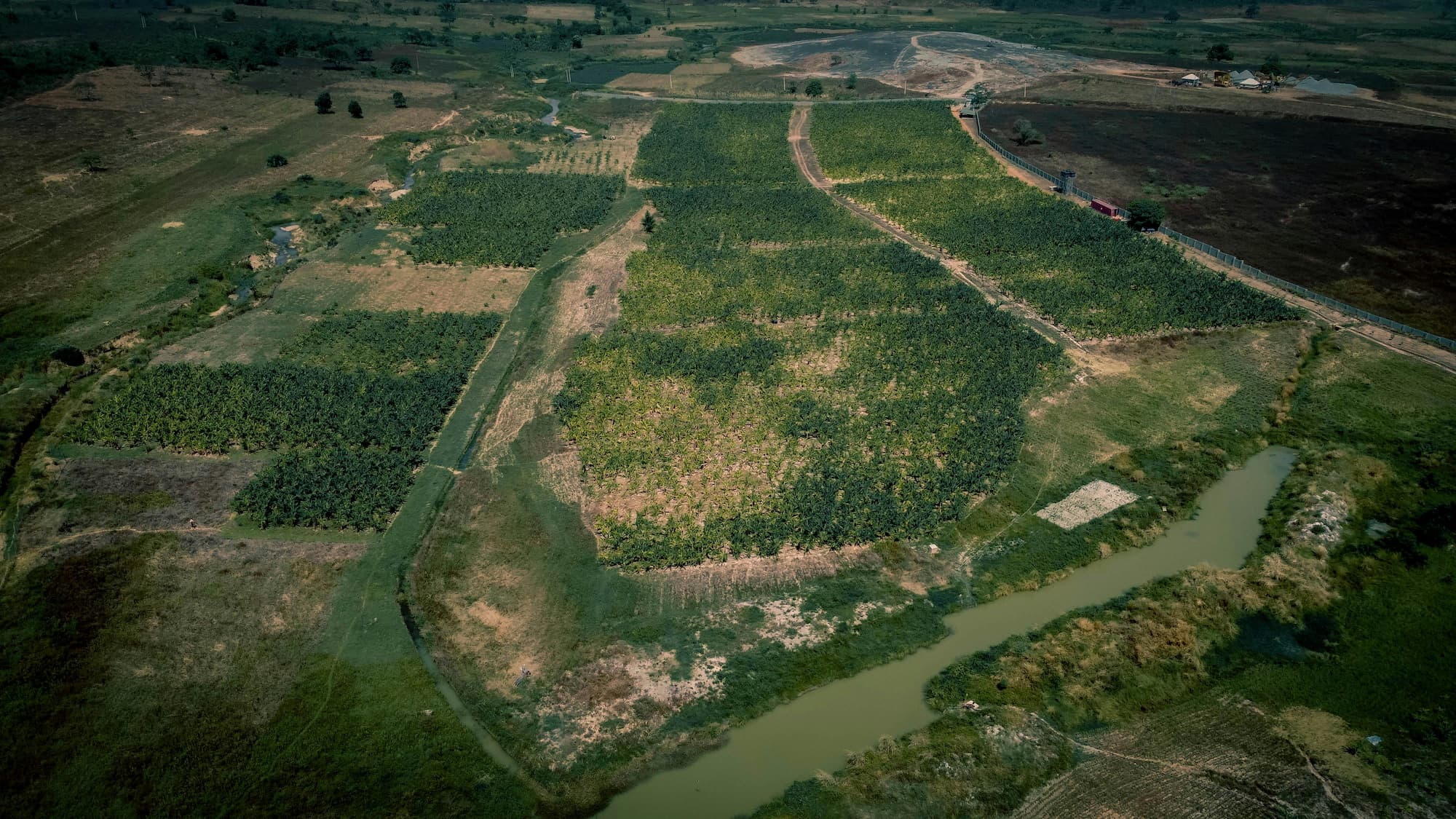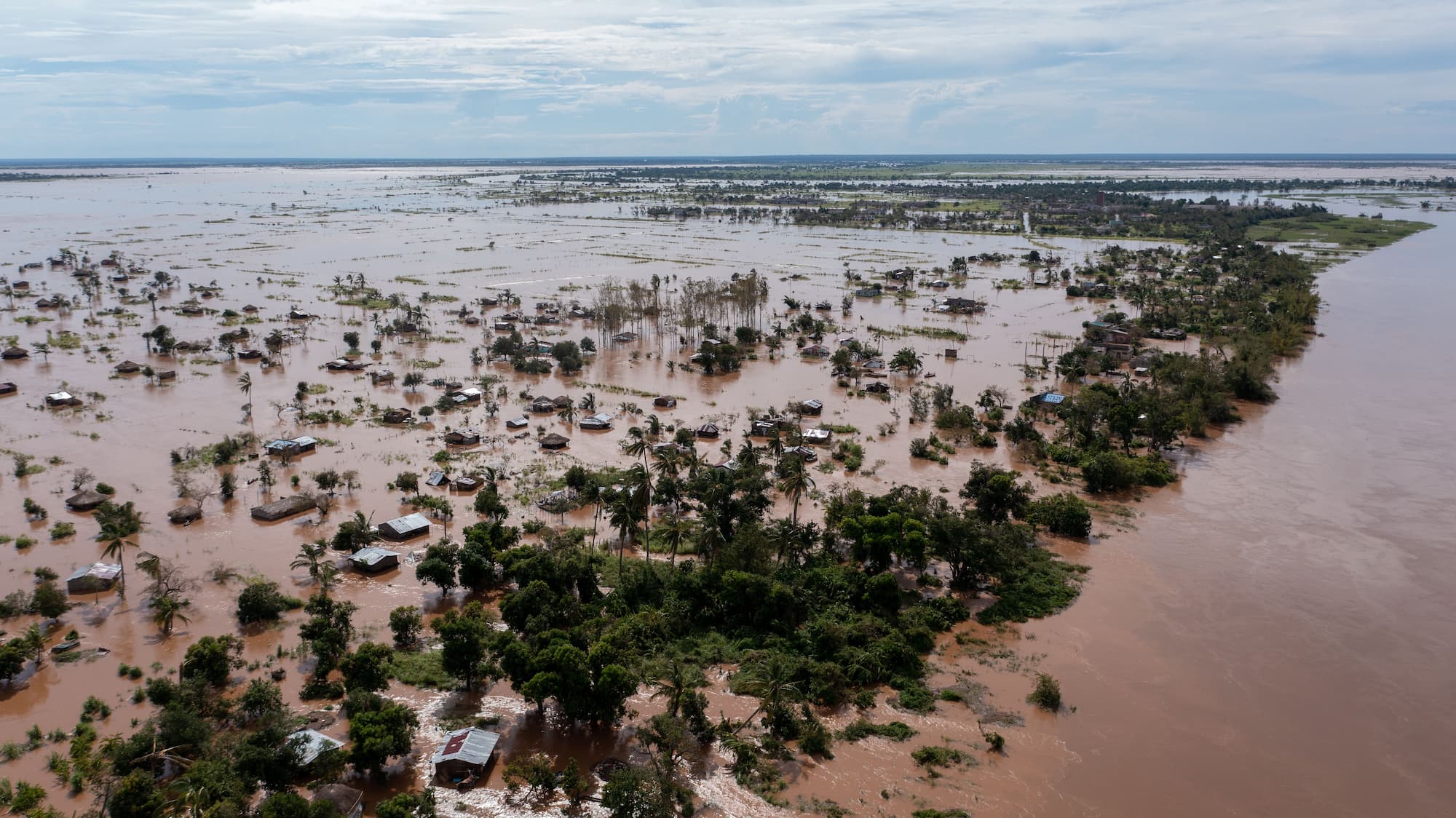Climate Risk Management and Ecosystem Mapping
Use Case Description
Improving climate risk management in countries is critical, especially in regions where human and economic development are top priorities but the challenges posed by future climate change remain substantial. A growing number of countries is increasingly vulnerable to climate-related impacts such as altered precipitation patterns, prolonged droughts, floods, and extreme heat events. To better prepare for these challenges, there is a growing need for custom derivative climate metrics that can provide more granular, tailored insights for specific subsectors. Such metrics include consecutive dry days, growing degree days, heat wave duration index, and others that focus on areas such as crop productivity, water supply, flood risk, human health, and energy demand. By generating and analysing these metrics stakeholders can better understand and anticipate the impacts of climate change, allowing them to take proactive measures.
A key element of climate risk management is the support provided by early warning systems, which enable timely actions to mitigate risks such as water shortages, crop failures, or extreme weather events. Another critical area of focus for climate risk management is the mapping of ecosystems and their status under changing climatic conditions. Mapping ecosystems is essential for understanding how climate change is affecting their extent, health, and functionality. Detailed ecosystem mapping helps identify areas of ecological vulnerability, such as those experiencing habitat loss, degradation, or fragmentation, and can highlight regions that require urgent restoration or conservation efforts. Moreover, mapping ecosystems offers a way to assess the potential for conservation “hotspots” that, if protected or restored, could provide critical resilience against future climate impacts.




